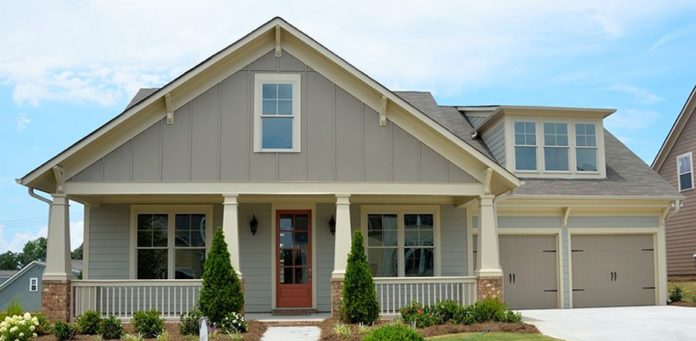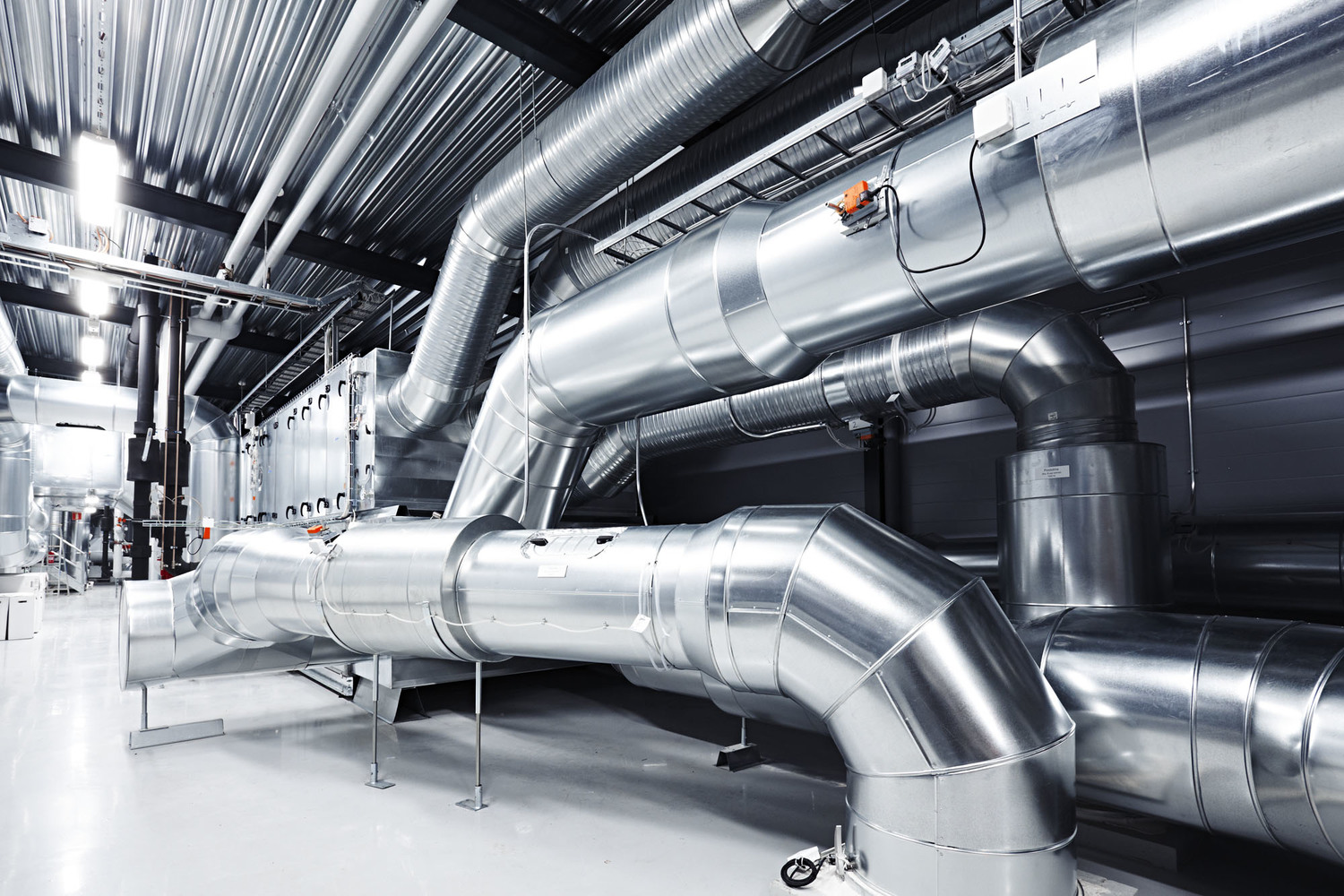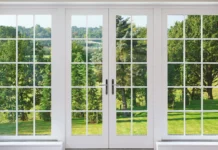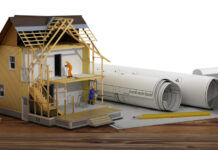
Due to increased building standards, especially for insulation and air-tightness, homes have become much more energy-efficient and more comfortable in recent years. They are twice as airtight compared to houses built in previous decades. The changes in the building’s function and fabric have brought on a new set of concerns, particularly about the indoor air quality of these modern structures. Recent studies have shown that indoor air quality in modern homes is alarmingly poor and since most people spend a lot of time indoors, poor air quality is likely to have negative effects on one’s health.
This is why about 90% of homes are installing a Heat Recovery System, so here is everything you need to know about it.
Table of Contents
What is a Heat Recovery Ventilation system (HRV)?
Also known as Mechanical Ventilation Heat Recovery (MVHR), it is a system that utilizes an air-to-air heat exchanger that recovers heat that is normally lost and supplies fresh air that is highly filtered in the process. Due to constant ventilation, this system also eliminates condensation and mold and it works independently from heating systems.

What are the benefits?
These systems provide numerous advantages for one’s home. Some of them include: improved air quality, recovered 90% of wasted heat, no condensation or mold, balanced heat distribution throughout the entire house, no need for window vents and bathroom fans, reduced health risks, and many more. You can visit this website for more information.
How do heat recovery systems work?
It uses a heat ventilation unit that draws heat from the extracted air, passing it through the air that is being filtered from the outside. It makes use of what already exists, meaning it doesn’t simply extract air and replace it with air from the outside. There is no cross-contamination of different air flows since the supply and extract air do not flow inside the same pipes. It is connected to room air valves by a ducting network and the unit is usually situated in the attic or roof space of a building.
Maintenance
There is little to no maintenance required with these systems. All you have to do is change its filters once or twice a year.

The installation process in homes
New houses – It is inexpensive to future proof your home when building and it might be one of the best investments you can make. Not only does it provide health benefits and is cost-efficient, but it can also increase your property’s resale value.
Old houses – It is possible to install heat recovery systems into old homes, but it might come with numerous limitations. For example, due to construction between levels, it may not be possible for every room to have an HRV system. However, it can be installed on the top floor enabling bedrooms and bathrooms to utilize it. Many of these older houses have mold and condensation problems due to being heavily insulated, so these systems can greatly help reduce these problems and health risks.
Conclusion
Heat Recovery Systems undoubtedly offer numerous benefits for your home and health. Not only do they provide fresh, clean air but they also recover heat that is normally wasted. They can drastically improve your living environment while cutting down the price of your heating bill as well.







